
History of Georgian Winemaking
Located in the South Caucasus region, at the crossroads of Western Asia and Eastern Europe, Georgia boasts an ancient winemaking history, a large assortment of indigenous grape varieties and some traditional winemaking methods that have recently been rediscovered and are attracting the attention of critics and consumers from all over the world. Between tradition and modernity, this land of contrasts, rich in an eventful history, is considered the cradle of viticulture and the country with the longest unbroken tradition of winemaking in the world!
Archaeologists agree: wine was born here. There are evident traces of pressed and fermented grapes that date back to 8,000 years ago. And this is the place where some of the most peculiar aging techniques have been practiced for centuries, including the Qvevri method.
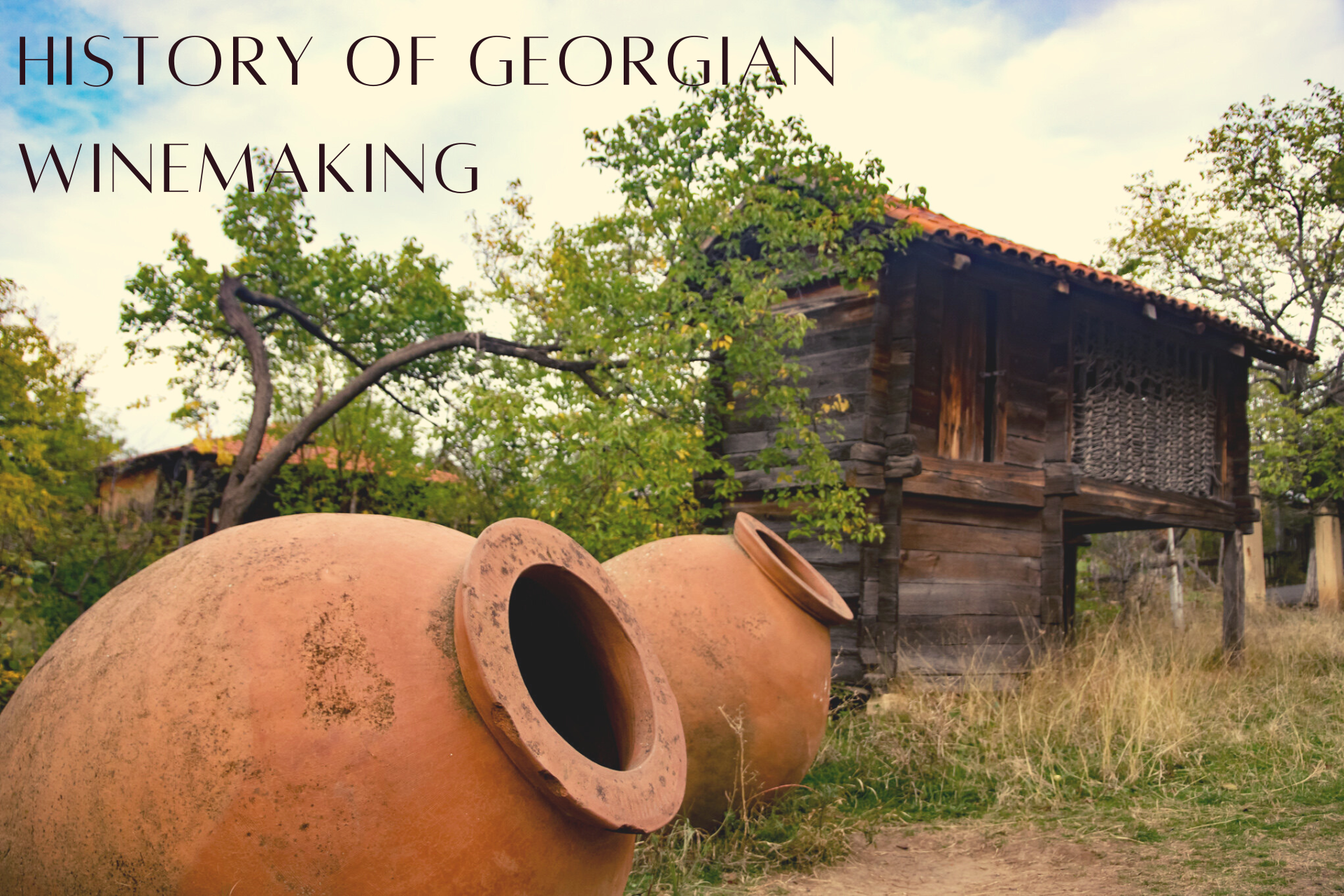
This country has been a coveted gateway for thousands of years. Its location on the Silk Road has brought it wealth, but too many wars have left indelible traces. Repeatedly devastated by ancient or recent invaders from various directions, none of whom have really managed to scratch their soul, Georgia has always stood out for its marked national pride. A legend tells of how Georgian soldiers kept a vine branch inside their armor, so if they died in battle, a vine would sprout from their hearts. And also the colossal statue Kartlis Deda, or Mother Georgia, which dominates the capital Tbilisi from above, holds a sword in one hand and a cup of wine in the other, symbols of a courageous and warm people.
The development of the vineyard was obviously marked by historical events, but the Georgians have always continued to make wine. Historically, families have always produced wine from small plots of land. Important companies belonged to royal families, such as Château Mukhrani, the only winery in the country, owned by Prince Mukhranbatoni in the 19th century, before being expropriated following the establishment of the Soviet regime in 1921.
During this period, much of the Georgian vineyard was uprooted to make way for the most productive international grape varieties to supply the USSR, with the risk of losing the country's biodiversity heritage. The wines produced were of low quality, victims of their high yields and their mass production.
After the independence from the Soviet Union, over the past 20 years, some winemakers have worked hard for a return to traditional Georgian wine. They recovered old vineyards, pursued the use of the underground amphora, and revived the long macerations, starting a true Renaissance of wine for this country.
Top Award-Winning Georgian Wines
Although the volume of wine production is limited, especially compared to large European producers, Georgian wines are starting to be exported all over the world. The major newspapers are constantly writing about them, as well as specialized websites and magazines. The attention of the critics and the promotional activity carried out by the National Wine Agency of Georgia have allowed the international public to know and appreciate these little jewels.

Today these wines are not only purchasable online but are awarded in international competitions and are present in the wine lists of some of the best restaurants in Europe, including Michelin-starred ones, a clear sign of the interest that is growing both from critics and consumers.
One of the most authoritative standard bearers of Georgian wine, what local producers like to call authentic natural wine, is the Tchotiashvili winery, widely recognized for its high quality amphora wines. As for the vast majority of Georgian wineries, this is also a family-run business where know-how is handed down from father to son. This passion is clearly tangible in their wines.
Another Georgian winemaker who is increasing his exports and making people talk about himself and his wines is Gia Piradashvili, founder of Winiveria. His delicious wines are now available in countries such as Belgium, Canada, France, Germany, Italy, Latvia, the Netherlands, Norway and the United States.
Among the wines of the famous Papari Valley winery, Saperavi 3 Qvevri Terraces was awarded the Top Gold, receiving a score of 96/100 at the international PAR Wine Award. Starting with the first commercial vintage in 2015, these estate-grown wines are produced using the Kakhetian winemaking method.
Lagvinari's fully organic macerated qvevri wines are featured in many different Michelin-starred restaurants in Europe. Established in 2010, this winery located in Georgia's eastern Kakheti region, overlooking the Alazani River valley and the Caucasus Mountains range, has already earned a respectable international reputation.
The pure natural wines of the Doremi winery have made it to the bars and restaurants of the United States. Their funky labels add a modern note to wines of exceptional quality, strongly linked to the winemaking tradition of the country.
If you want to learn about Georgian wines, take a look at our selection and start tasting some of the most interesting productions of this beautiful country.
Georgian Wines Today

At least 550 indigenous and unique grape varieties have been registered in Georgia. The question is much debated, but to give an order of magnitude the indigenous vines reviewed in Italy are just over half, and in France less than a third.
The vineyard covers 100,000 ha (slightly less than the Bordeaux vineyard), spread over 4 main regions, Kakheti (70% of production), Imereti, Kartli, and Racha.
Kakheti to the east, where the vineyards are dominated by the majestic Greater Caucasus mountain range, is Georgia's main wine region and it is home to the greatest diversity of native grape varieties including Saperavi (the most planted red vine), the Rkatsiteli (the most widespread grape variety), the Mtsvane, and the Krakhuna.
Imereti in the west, with its continental climate mitigated by influences from the Black Sea, is especially popular for the Tsolikauri variety, sometimes blended with Tsitska. Kartli, close to the capital Tbilisi, stands out with its red Tavkveri, and its white Chinuri.
The small region of Racha, in the north of Imereti, is home to Georgians’ preferred appellation (Khvanchkara AOP) and two rare grape varieties (Aleksandrouli and Mujuretuli), and it's widely recognized for its semi-sweet late harvest reds.
But what has really put Georgian wines back on the radar of wine critics are the traditional winemaking methods that have been handed down from father to son for centuries. Among these, the most famous is the Qvevri method, which follows the same process developed almost 8000 years ago, and is inscribed on the representative list of the intangible cultural heritage of humanity by UNESCO. This technique involves vinification and aging in egg-shaped terracotta pots, covered with beeswax and buried in the ground. The must, obtained with minimal human intervention, is left to macerate and ferment in amphorae for a period of 3 to 12 months, in order to extract all the complexity and genuineness of the vines.
This method is also responsible for the production of the famous amber wines (internationally known as Orange wines), which have become very popular all over the world in the last decade and are obtained from the long maceration of white grapes in contact with the skins. These are dry wines that express an incredible richness in terms of aromas and in the mouth.
Georgia's incredible ampelographic richness, combined with a multitude of terroirs and various winemaking methods (traditional or European), allows the production of a wide range of dry and sweet wines, sweet or aromatic, white, rosé, red or amber, which are gaining a special place in the wine and restaurant market.







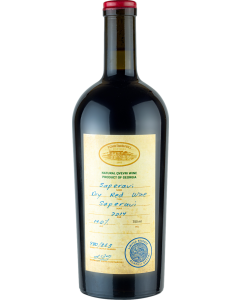

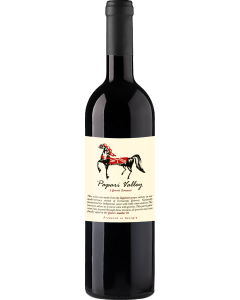
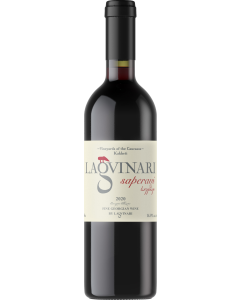
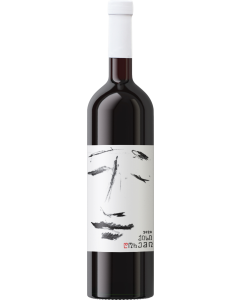




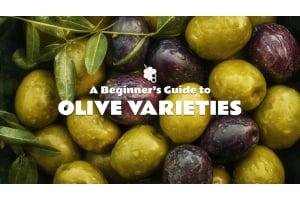
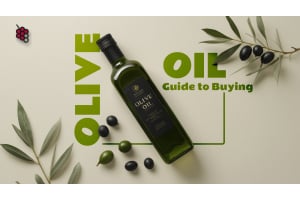



I like the range of wines, the usa wines, the "wine-packs" maybe the most and for sure a lot of not everywhere to buy wines. price is ok, would love to see more icons priced to a "cannot leave the website without ordering" price.